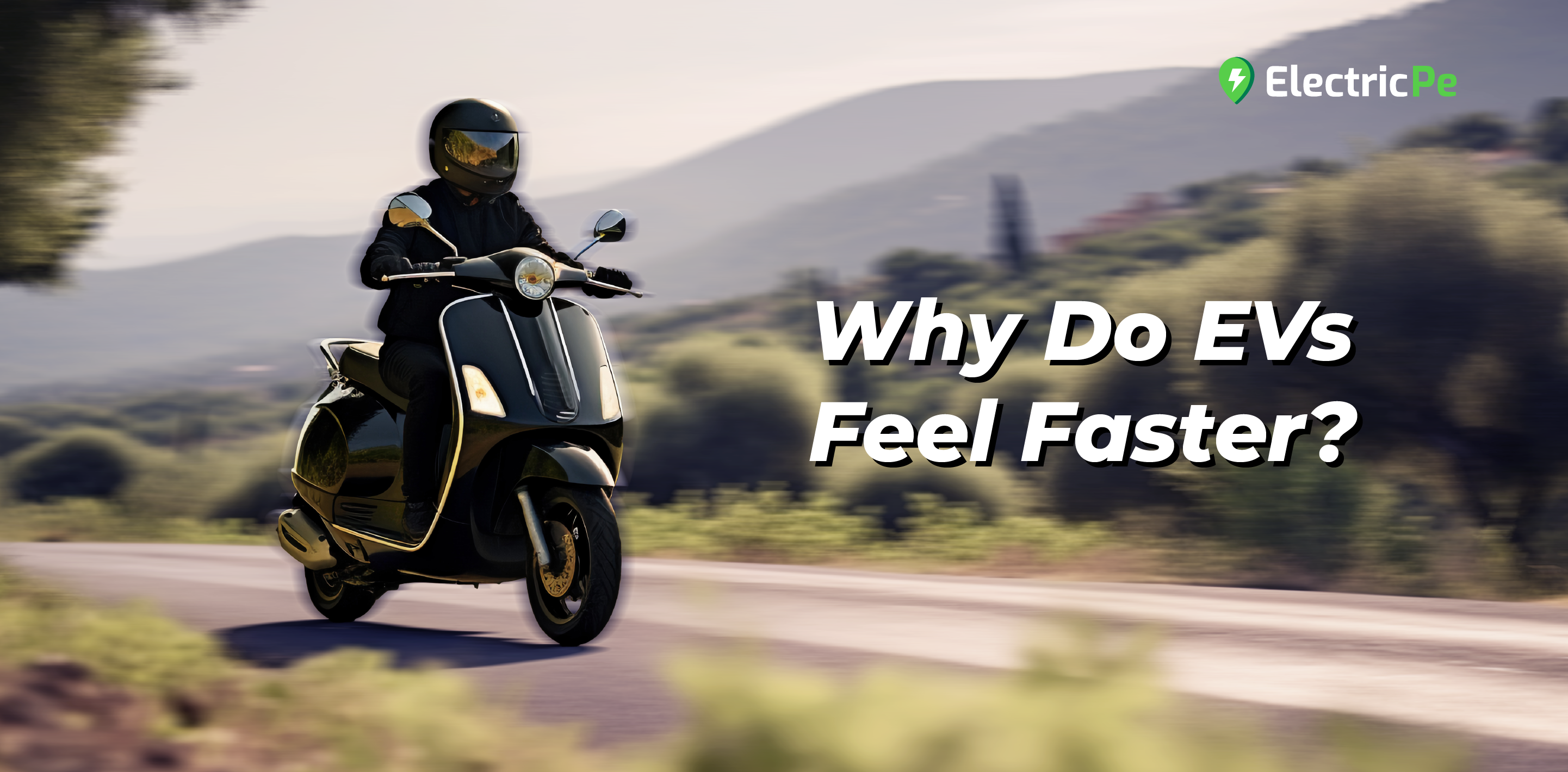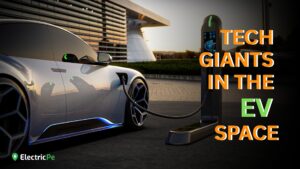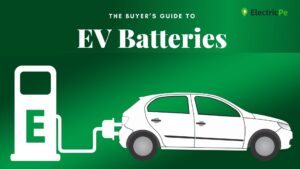If you’re someone who has ridden an EV, you’d know that they feel much faster than a fuel-powered vehicle.
In fact, netizens have been seeing an influx of videos of Teslas beating Lamborghinis at their own game. But how can an electric vehicle be faster than an ICE vehicle made specifically for speed?
In this article, we will explain why EVs accelerate faster than their ICE counterparts.
Let’s dive in.
Understanding Internal Combustion Engines
Internal Combustion Engines or ICE use fuel to propel the vehicle. Simply put, ICE vehicles generate their power from the engine which consists of several parts.
During intake, the combustion chamber of the engine draws air and fuel inside, where it’s compressed and used for ignition. The burned fuel escapes through the exhaust pipe of the vehicle.
The energy produced by the engine by burning fuel is transferred to the wheels through a series of moving parts, known as the drivetrain of the vehicle.
Simply put, the drivetrain is a system comprising several components that help transfer the energy produced to the wheels of the vehicle.
The extensive drivetrain in an ICE vehicle dissipates 75% of the energy produced in the form of heat and sound. This makes these engines inefficient as only 25% or slightly more of the energy produced is going to the wheels itself.
Drivetrain of an Electric Vehicle
An electric vehicle is powered by its battery which is connected to a controller. The controller receives information from the throttle, brakes and the forward/reverse control switches before the power is transferred to the motor.
This makes the main components of the EV drivetrain simply the battery, controller and the motor.
Unlike fuel-powered vehicles where more than half of the energy produced is wasted in the engine itself, EVs draw their energy directly from the battery, through the controller and send it to the motor. Some higher end EVs even have the motor placed on the axle itself.
A simple drivetrain such as this, will result in lesser energy loss during transfer. Reports suggest an energy loss of 15% – 20% in EVs as opposed to 64% – 75% in ICE vehicles.
Does This Make EVs Faster?
If you’re asking yourself this question, the answer is both yes and no. Due to minimal loss of energy, EVs are able to efficiently get the power to the wheels resulting in an incredibly high acceleration.
This is why there are several videos on the internet where EVs beat performance ICE vehicles. However, a fuel-powered car designed for performance may go faster than high end electric vehicles, but might take a few more seconds to reach that speed.
Fun fact: The first car ever to reach the speed of 100 kmph was the La Jamais Contente, an electric car that was made in 1899!





